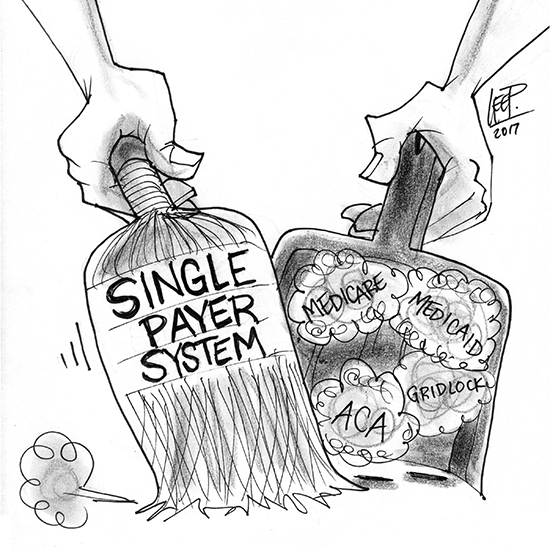What is Single-Payer?
The term single-payer healthcare was first used to differentiate the Canadian health care system from the systems of other countries like the United Kingdom. As discussed in the ‘Incorporation Globally’ page, the Canadian government pays for most of the healthcare expenses, but the care is provided by private insurance companies. Meanwhile, the British government provides most of both funds and care. As these two examples showed, the single-payer healthcare term is typically used to address the financing of the system rather than the delivery. Furthermore, single-payer systems offer coverage to all citizens and legal residents, either the funding is managed by the government directly or by a publicly-owned regulated agency. Competing with single-payer are other funding mechanisms. For instance, the multi-payer system allows for several public and/or private sources to pay for the expenses. Also, the two-tiered system permits two insurance layers that can be either a public layer with the option to use a private coverage layer as a substitute, or a public catastrophic care layer backed up with a private insurance layer for common medical care. Another example is the ‘insurance mandate’ system which requires citizens to buy private insurance that meets a national standard and is generally subsidized. Often, countries blend these systems to fit their needs. On some occasions, writers describe publicly administered healthcare systems or even systems of healthcare that cover entire populations as single-payer plans. However, these applications do not match the strict definitions of the term.

